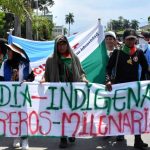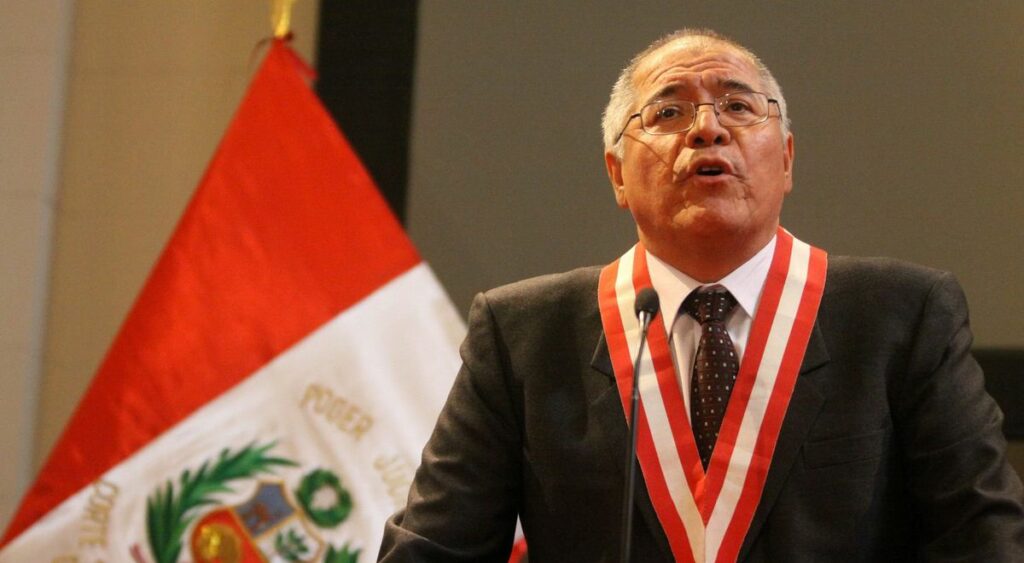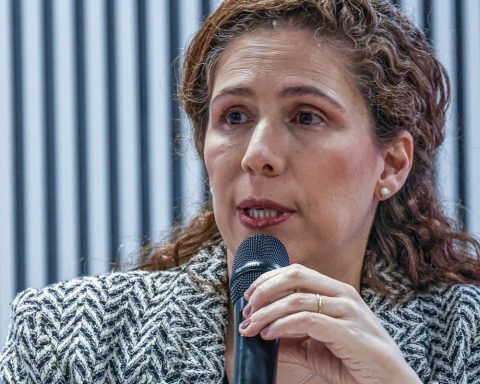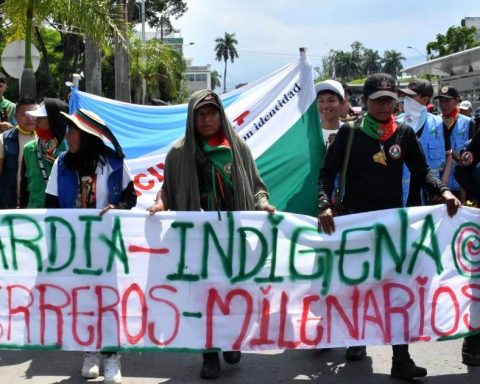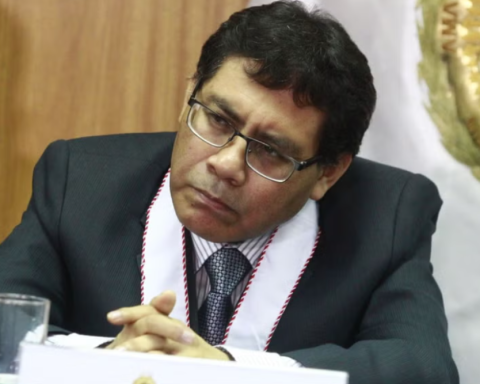Miguel Carter, a senior political scientist specializing in issues of democratic governance, transparency, social accountability, and rural development, will make a preview of his new book tomorrow, Thursday; “Itaipu, national cause”.
The presentation will take place at the Centro Cultural Paraguayo Americano (CCPA) and the work will focus on how much Paraguay has lost during the 50 years that the treaty has been in force.
In an interview with 1200 AM Radio Libre, he reported that our country stopped receiving the sum of US$77.3 billion from 1985 to 2021 for the sale of the remaining (unused) energy.
“It seems important to us that when we reach 50 years of the treaty, we show what the past has been and the impact caused by this treaty that was signed in 1973,” he said.
For the elaboration of the material, data available in Brazil were used, precisely in the Brazilian energy market, using the formula of the economist Jeffrey Sachs. The work was prepared by national and international authors. Its author wants it to serve as a contribution to public debate.
“We use all the data available from Itaipu and data available in Brazil in the Brazilian energy market. We also use the Jeffrey Sacks formula that he published in 2013. We collaborate with his team, we use his formula and we improve it in several aspects. We have a rich and complex database that we created to have the amount that Paraguay could have received if Itaipu’s energy was exported to Brazil at prices consistent with that market’s energy market”, he stated.
MORE EDUCATION AND HEALTH
According to data revealed by Carter himself, Paraguay allocated US$107 billion in public spending between 1985 and 2021. If it had received what it was entitled to, it would have allocated the sum of US$184 billion in that concept.
Taking into account that Paraguay spent US$20 billion on health and US$28 billion on education between 1985 and 2021, with the resources not received, that investment could have been doubled. Something that would have been extremely important, taking into account that our country was beginning a demographic bonus. In other words, those resources would have made it possible to have better prepared professionals serving the country.
In addition to doubling what was invested in health and education, there would still have been US$ 29 billion left over to allocate to infrastructure or other existing needs.








